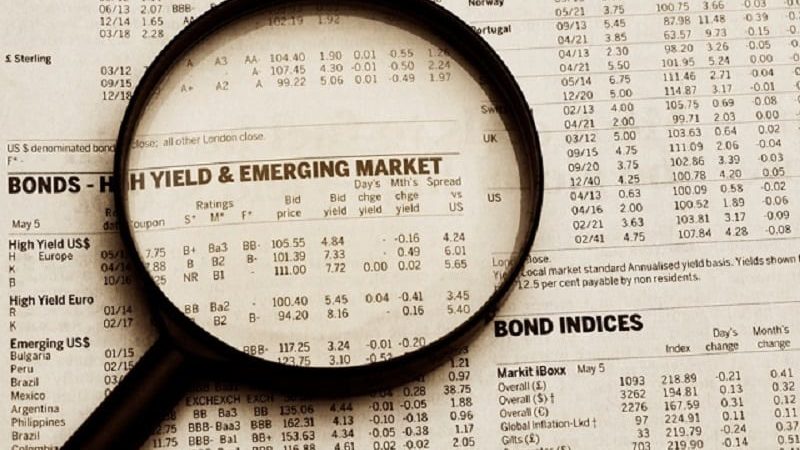In recent months, quantitative easing (QE) and various monetary measures have driven down interest rates, flattened the yield curve and forced investors to think about higher risk assets to pick up yield.
What started as ‘emergency policy’ to support the financial system has evolved into a much longer-term policy – with the arrival of Covid-19 seeing central banks cut already low interest rates further.
And there are inevitably dangers if investors are forced up the risk curve in chasing yield.
A combination of weak liquidity (especially in the high yield space) and political risk threatening bond markets generally, would suggest treading with caution.
Primary market activity could slow down in H2
Pierre Blanchet, who heads up the investment intelligence team at Amundi, agrees that chasing yield is quite a challenge right now.
He advises staying positive in the credit space, which is benefiting from fiscal and monetary measures – but to be highly selective.
“Investment grade credit and the better-quality BB companies in high yield will remain the sweet spot in an environment of a slow recovery, very low rates and rising defaults,” Blanchet says.
He suggests investors seek opportunities in the investment grade primary market, where activity is at a record high.
Oscar Jansen, expert portfolio manager credits at APG, takes a similar line; although he thinks things may decelerate a little.
“Activity has been high over the first half year as companies have been raising extra liquidity for difficult times so part of the supply has been frontloaded.
“This could mean that activity in the primary market could slow down compared to the first half.”
He adds: “With the normalisation in the market we have also seen that the so-called new issue premia has come down making it a less attractive opportunity compared to March/April.
“Nevertheless, this remains a good way to seek opportunities in the investment grade market and a preferred way for us to source risk.”
Weighing up high yield opportunities with default risk
What about opportunities in high yield balanced with concerns over defaults?
Blanchet expects the default rate to increase for low-rated high-yield issuers, which is not fully priced in by the market – hence his call for vigilant selection in the high-yield space.
He suggests that liquidity is, has been, and will continue to be a key variable in the new order.
“Keeping liquidity buffers is particularly important in this phase, as a second leg-down in the market can’t be ruled out. This will provide room to move into segments and markets that display attractive entry points.”
Sander Bus, portfolio manager of the Robeco High Yield Bond fund, warns that a deep recession, increasing numbers of defaults and a heightened uncertainty surrounding corporate earnings, will be with us for some time. In light of this scenario he has gone underweight in high yield.
“Dispersion remains high and the accelerated downgrades into the lowest ratings make us cautious. Technicals rule for now but fundamentals might strike back,” he says.
APH’s Jansen is encouraged by efforts to improve liquidity and thinks forecasts of default rates might be erring on the high side – but this more optimistic prognosis will depend on the impact of Covid in coming months.
He points out that the corporate QE purchase programmes from the ECB and the Fed have provided a backstop and additional liquidity to the markets.
Fiscal and other measures taken by governments have been supportive too. “Corporates have taken action themselves as well, addressing liquidity. With liquidity not being an issue near term, this should lead to lower than expected default rates.”
Although the fundamental concerns remain, the markets will have access to liquidity, Jansen argues.
However, he adds that it could longer term become a concern if there is difficulty in containing the virus and lockdowns are widely re-introduced which would jeopardise the economic recovery.
Defaults are inevitable despite support
According to Jansen, a drive to high yield will be a direct consequence of central bank buying as it crowds out investors to other asset classes or other parts within credit.
However, he argues this doesn’t necessarily mean they would miss the boat on the recovery.
“Moving down the capital structure or move in lower ratings could create interesting opportunities as well.”
Whether asset managers are ultra-bearish or not, the consensus is that defaults are inevitable in the current environment despite all the support offered. And with some sectors under a lot of pressure, bottom-up credit selection will remain critical.
For more insight on continental European investment, please click on www.expertinvestoreurope.com










